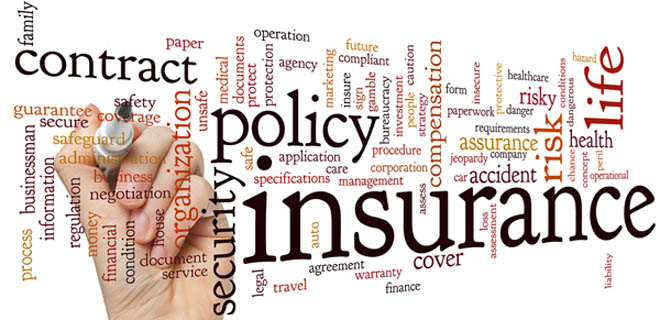Regardless of portfolio size, owners of multi-residential rental properties will need to demonstrate best-in-class risk management and maintenance to secure even baseline coverage in 2022. Pandemic measures are easing, but the real estate sector has yet to achieve that “return to normal” it’s been striving toward. As such, the year will continue to be about how real estate owners and operators can position themselves to maximize opportunities while still coping with the impacts of COVID-19 — and the most critical piece may be the ability to tell a risk management story that paints a picture of a “good risk” to insurers.
In 2022, the real estate industry can expect to see the following trends and challenges:
- Pressure on the multifamily housing market
Multifamily housing coverage (for both high-rise and and low-rise developments) will remain problematic in 2022, although insurance capacity is expected to increase in some sectors. A long-standing rise in the frequency of claims, often due to water damage, will continue to affect multifamily portfolio owners. As a result, many mainstream carriers are only offering coverage with reduced limits, requiring multiple insurers or layering of policies to meet baseline coverage needs.
The pressure continues in 2022, with underwriters scrutinizing every detail — from loss history to electrical and plumbing updates. It is estimated that in the habitational and residential real estate market overall, rates will rise 20 per cent or more. As such, owners and portfolio managers are securing coverage on the spot when they receive an initial quote, without shopping around.
The risk management story has become critical. Real estate owners and operators who take the time to paint an accurate picture of their risk management measures will be more successful at securing appropriate coverage for their properties.
- Importance of reassessing valuations
Anyone considering renovations or reconstruction knows that costs are increasing. Statistics Canada recognized a record increase in the spring of 2021, when costs had increased by 7.5 per cent in the second quarter alone.
Exacerbated by shortages of supplies and labour, not to mention the dramatic ups and downs of material prices, the cost of construction has become a major concern over the last several months. The lumber shortage is just one much-talked of example: futures per thousand board feet were US$610 in early November, down from a record US$1,711 in May, but still far up from about US$250 in April 2020.
With prices so volatile, it wouldn’t be surprising if a catastrophic incident led to a need for reconstruction that far exceeded typical policy limits. That’s why it’s critical to determine how much your property is worth now. Obtaining an updated valuation can help to ensure your policy limits are still appropriate so you’re ready to manage your risks and mitigate losses.
- Growing reliance on catastrophe modelling
Catastrophe (CAT) modelling is crucial when it comes to helping property owners understand the extent of their risk, estimate policy limits, and secure their coverages accordingly. Underwriters are beginning to require CAT modelling and other predictive tech for large portfolios. And with CAT losses in the first half of 2021 reaching $42 billion— of which $40 billion was related to natural disasters — real estate owners are beginning to rely even more on CAT modelling and other tech tools.
That said, low-tech risk solutions and controls, such as water mitigation and disaster recovery planning, will never go out of style. It’s still a good idea to provide proof that risk mitigation plans are bespoke to the facility, to train staff to engage those plans, and conduct frequent on-site inspections.
- Continued repurposing
Most have heard of empty big box stores or anchor mall tenants finding new life as warehouses. But some unusual locations — even empty apartments — have been known to become restaurant spaces, ghost kitchens, or even small entertainment venues. Repurposing will continue to gain popularity in 2022, as interest rates are expected to remain relatively stable.
It’s important to remember, however, that when a building’s purpose changes, so does its assessed risk. Not only does the space need to be designed for the new purpose, but it may take on a whole new set of risks the owner hadn’t considered. It’s critical to discuss these issues with a broker before repurposing.
Looking ahead…
The real estate market won’t be easy to navigate in 2022. Owners and operators looking to reduce their risk will need to rely on both old and new tricks to get the best results. Yet the key to success may be managing your risk story to demonstrate both care and resilience in order to secure sufficient protection.
Sarah Thompson is Associate Vice President, Real Estate Practice for Hub International.






